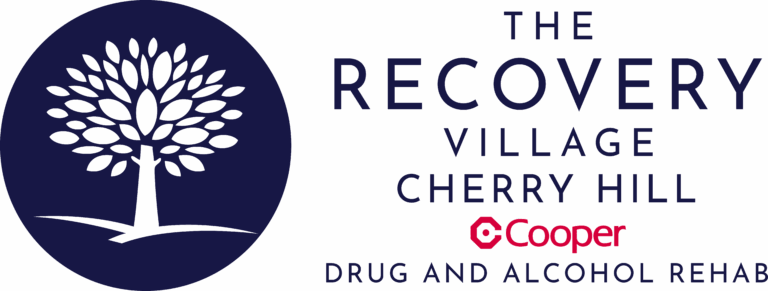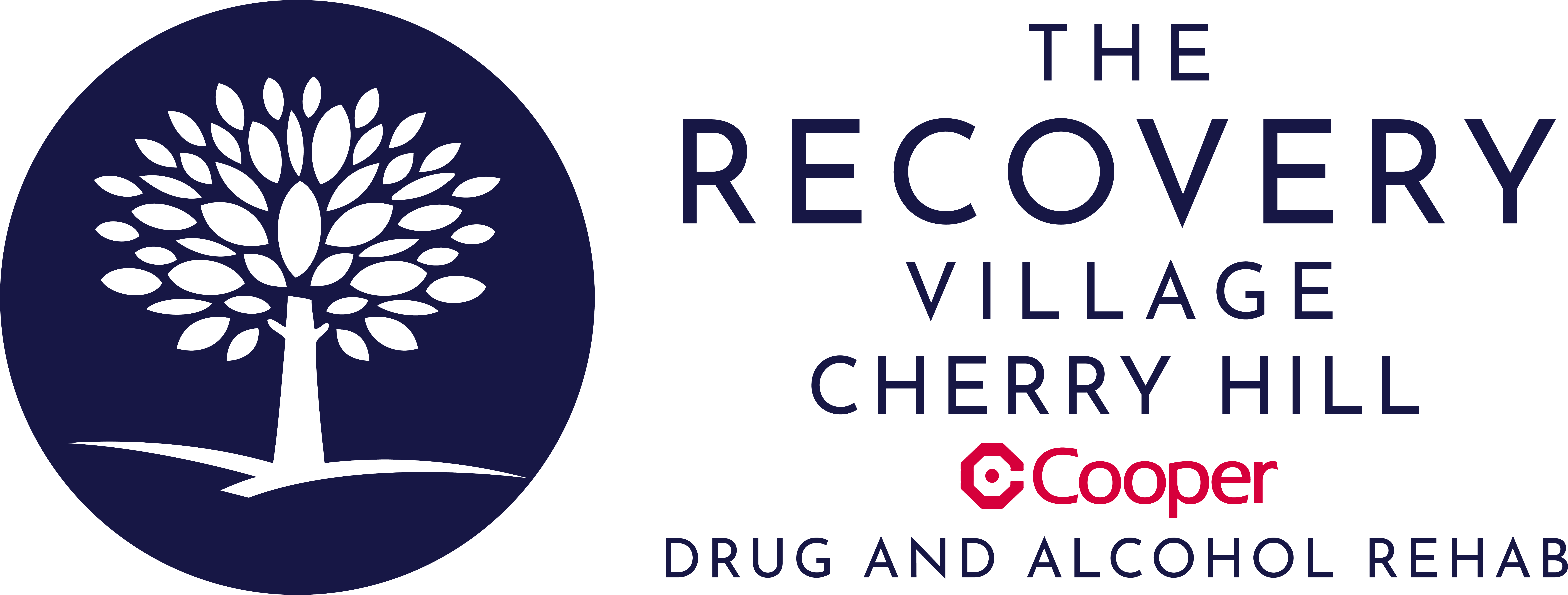Suboxone is a first-line treatment for opioid use disorder. The medication can be highly effective in preventing opioid withdrawal symptoms and cravings.
Along with methadone, Suboxone is one of the top medications prescribed to help people recover from opioid use disorders. The drug combines the opioid buprenorphine with the opioid reversal agent naloxone to help block cravings and withdrawal symptoms. As such, Suboxone is one of the cornerstones of medication-assisted treatment (MAT) therapy in the United States.
What Is Suboxone?
Suboxone is the brand name for a medication that combines two separate drugs: buprenorphine and naloxone. Buprenorphine is an opioid that is sometimes prescribed as part of MAT for opioid use disorder. It is a Schedule III controlled substance; in chemical terms, it is a “partial opioid agonist.” This means that buprenorphine binds to the brain’s mu-opioid receptors but does not fully stimulate them, reducing the risk of getting high.
Naloxone is best known as being the main ingredient in the opioid reversal agent Narcan, and it works by blocking the effects of opioids. When taken by mouth in combination with buprenorphine, naloxone does not easily absorb into the body. Scientists created Suboxone, a combination of naloxone and buprenorphine, to reduce the risk that someone may try to abuse the drug or inject it. This is because naloxone is active when injected and will block opioid receptors, leading to uncomfortable withdrawal symptoms instead of a high.
Recovery Can Be Life Changing
Whether you or a loved one is struggling with addiction, our expert team is here to guide you every step of the way. Don’t wait— reach out today to take the first step toward taking control of your life.
“My life has became something that I’m proud of and something I can be grateful for.“
– Joseph McDermott, The Recovery Village Cherry Hill Alumni
What Is Suboxone Used For?
Suboxone is FDA-approved to treat opioid dependence. It is one of the first-line medications for MAT of opioid use disorder. Although it contains buprenorphine, an opioid that is sometimes prescribed to treat pain, Suboxone is only used to treat opioid use disorder.
How Does Suboxone Work?
The buprenorphine component of Suboxone is a partial opioid agonist. A partial agonist has a ceiling effect and activates receptors without fully stimulating them. The fact that the brain’s opioid receptors are not fully activated by buprenorphine reduces the risk of getting high. However, because the receptors are partially activated, buprenorphine can prevent withdrawal symptoms and cravings.
In addition, Suboxone contains the opioid reversal agent naloxone. While practically inert when taken by mouth, naloxone discourages people from attempting to abuse or inject Suboxone. This is because naloxone becomes active when injected, blocking opioid receptors and preventing a high.
How Is Suboxone Taken?
Suboxone is taken by mouth once daily. The drug is not swallowed; rather, it is meant to be taken sublingually, or under the tongue. When sold under the brand name Suboxone, the drug is available as a film that is placed in the mouth and allowed to dissolve. However, other buprenorphine/naloxone products are available. These products may be taken in different ways and sold under other brand names. These products include:
- Bunavail strips that dissolve in the mouth
- Suboxone film that dissolves under the tongue
- Zubsolv oral tablets
Suboxone Dosage
Suboxone is dosed according to both the buprenorphine and naloxone content of the drug. However, since buprenorphine is the active ingredient that works in MAT, doctors will pay the most attention to making sure the buprenorphine dose is enough to prevent opioid withdrawal symptoms and cravings. Suboxone is available in several different doses that are each taken once daily. These doses include:
- Buprenorphine 2 mg, naloxone 0.5 mg
- Buprenorphine 4 mg, naloxone 1 mg
- Buprenorphine 8 mg, naloxone 2 mg
- Buprenorphine 12 mg, naloxone 3 mg
Suboxone Side Effects
Like any drug, Suboxone has some side effects. The drug’s most common side effect is decreased sensation in the mouth. Other common side effects include:
- Constipation
- Tongue pain
- Mouth redness
- Vomiting
- Intoxication
- Attention problems
- Heart palpitations
- Trouble sleeping
- Excessive sweating
- Blurred vision
If stopped abruptly, Suboxone can also cause withdrawal syndrome as a side effect.
Suboxone Withdrawal
It is possible to become physically dependent on any opioid, including Suboxone. However, being physically dependent on a drug does not mean that you are addicted to it. Rather, with physical dependence, your body has become used to the drug’s presence. As a result, suddenly stopping the drug can cause withdrawal symptoms.
It is important not to suddenly stop taking your Suboxone. Taking Suboxone for MAT helps you prevent cravings and also reduces your relapse risk. If you suddenly stop Suboxone, you may no longer have protection against opioid cravings, putting you at risk of relapse and overdose.
Suboxone Withdrawal Symptoms
Suboxone’s withdrawal symptoms are similar to those of other opioids but are generally milder. Symptoms may include:
- Muscle aches
- Sleep problems
- Watery eyes
- Sweating
- Runny nose
- Yawning
- Enlarged pupils
- Abdominal cramps
- Nausea or vomiting
- Diarrhea
- Agitation
- Anxiety
- Goosebumps
Other FAQs About Suboxone
What Are Signs Your Suboxone Dose Is Too Low?
Suboxone treatment has two primary goals. During withdrawal, it blocks opioid withdrawal symptoms and allows you to have a more comfortable detox experience. Following detox, the drug works to prevent cravings and block a high if you accidentally slip up and take an opioid. If your Suboxone dose fails to block withdrawal symptoms or cravings, it is possible your Suboxone dose is too low. If you think your dose is too low, you should talk to the addiction specialist who prescribes your Suboxone.
Can You Overdose on Suboxone?
It is possible to overdose on any opioid, including Suboxone. For this reason, it is important to take Suboxone exactly as prescribed and never take someone else’s Suboxone. If you suspect someone is overdosing on Suboxone, you should administer nasal or injectable naloxone and call 911 immediately. Symptoms of a Suboxone overdose are similar to those of other opioids and include pinpoint pupils, slowed breathing and bluish or clammy skin.
How Long Does Suboxone Last?
Suboxone is a long-lasting drug that works in your body for varying lengths of time, depending on how you take it. For example, if you first start taking Suboxone in a detox setting and your doctor is trying to find the right dose for you, Suboxone may not last too long, and you may need additional doses every few hours. However, once you have started Suboxone and become stable on the drug, your maintenance dose of Suboxone should last a full 24 hours.
Does Suboxone Get You High?
Suboxone is specially designed to prevent a person from getting high. When taken by mouth as intended, Suboxone cannot get you high. Sometimes, a person may try to dissolve Suboxone in liquid and inject it to get high. However, Suboxone contains the ingredient naloxone, which is inactive when taken by mouth but activates when injected. When activated, it will block a person from getting high.
Is Suboxone a Controlled Substance?
Suboxone is a Schedule III controlled substance. This means that it carries a risk of abuse, addiction and dependence due to the active ingredient buprenorphine. However, it carries less risk than substances that are Schedule II or Schedule I.
What Is a Suboxone Clinic?
A Suboxone clinic is a medical setting where you see a doctor who is able to prescribe you Suboxone. The clinic itself may offer additional addiction recovery services, such as rehab and therapy options. However, unlike methadone clinics where methadone is dispensed and usually must be consumed on-site, Suboxone clinics don’t necessarily dispense Suboxone. Instead, the doctor may write a prescription for Suboxone that can then be filled at a local pharmacy.
Is Suboxone the Same Thing as Methadone?
Methadone and Suboxone are not the same drug. Methadone is an extremely long-acting opioid that can be used in MAT for opioid dependence. Suboxone is the brand name of the drug combination buprenorphine/naloxone, which is a methadone alternative that carries fewer federal restrictions. For example, while methadone for opioid use disorder can only be dispensed at special methadone clinics, Suboxone can be dispensed at regular pharmacies.
Get Help for Opioid Addiction in New Jersey
If you or a loved one struggles with opioid addiction, help is available. Suboxone is a much safer alternative to illicit opioids, and it can help you prevent withdrawal cravings and relapse. Our caring experts at The Recovery Village Cherry Hill at Cooper can work with you to see if you are a candidate for Suboxone treatment as you recover from opioid abuse.
Using a full continuum of care that includes evidence-based treatment programs and MAT, we can help you build a foundation for lifelong recovery. Contact us today to learn more about opioid addiction treatment approaches that can work well for your situation.










